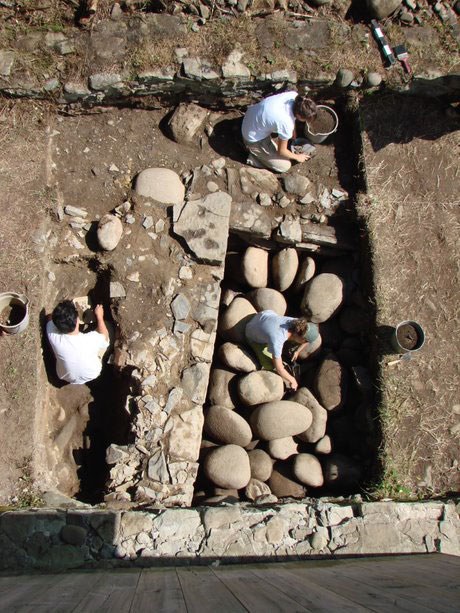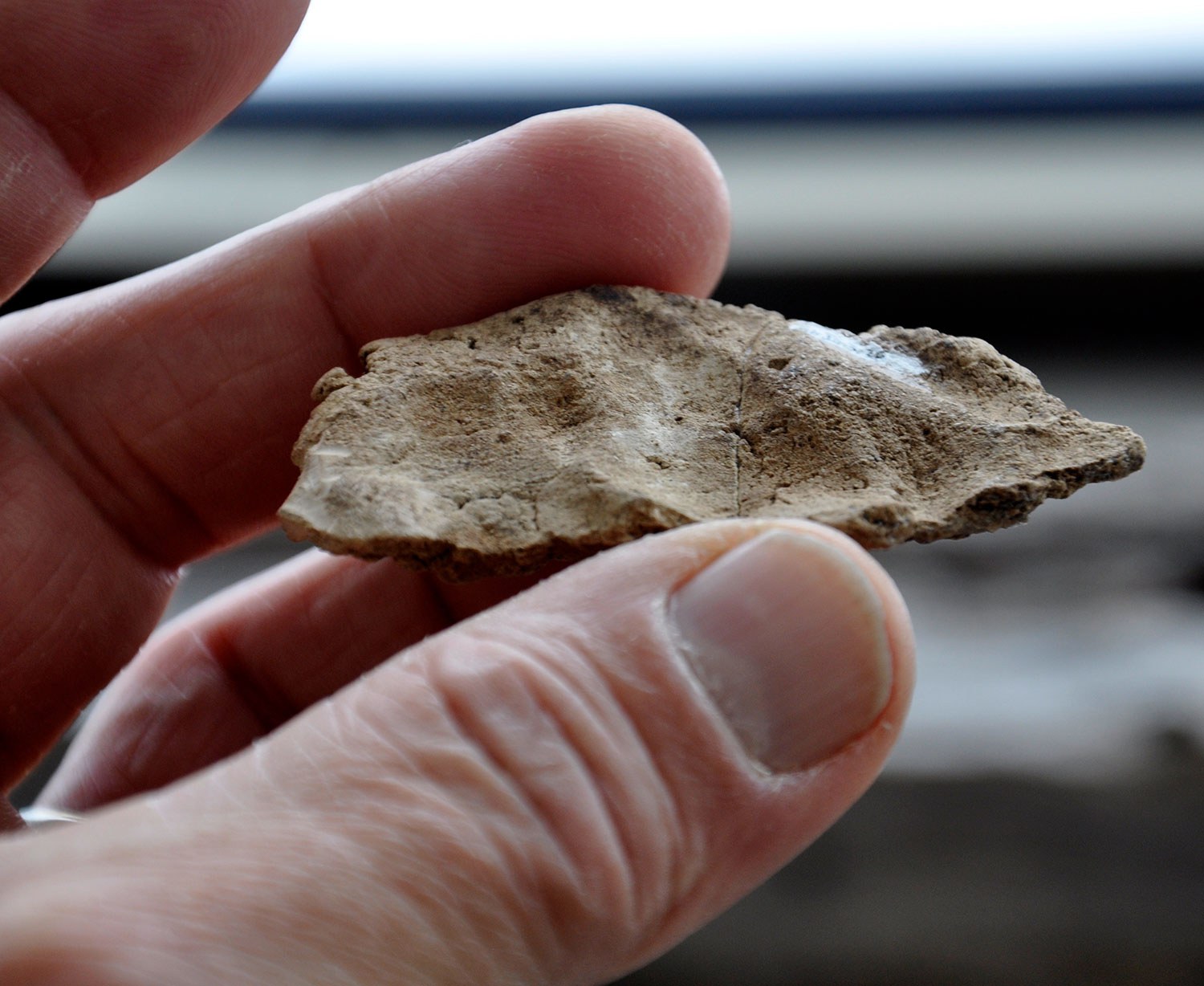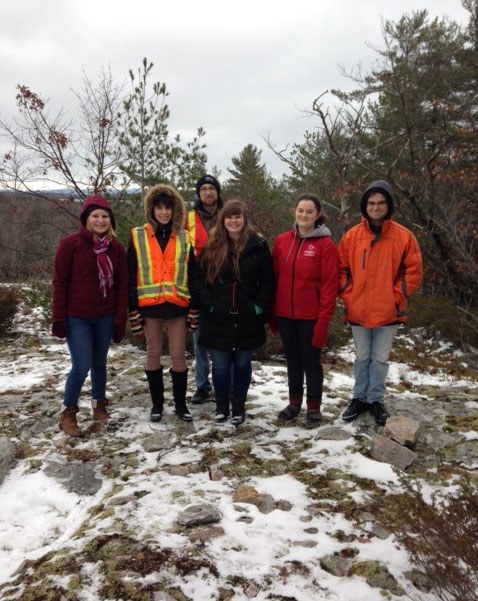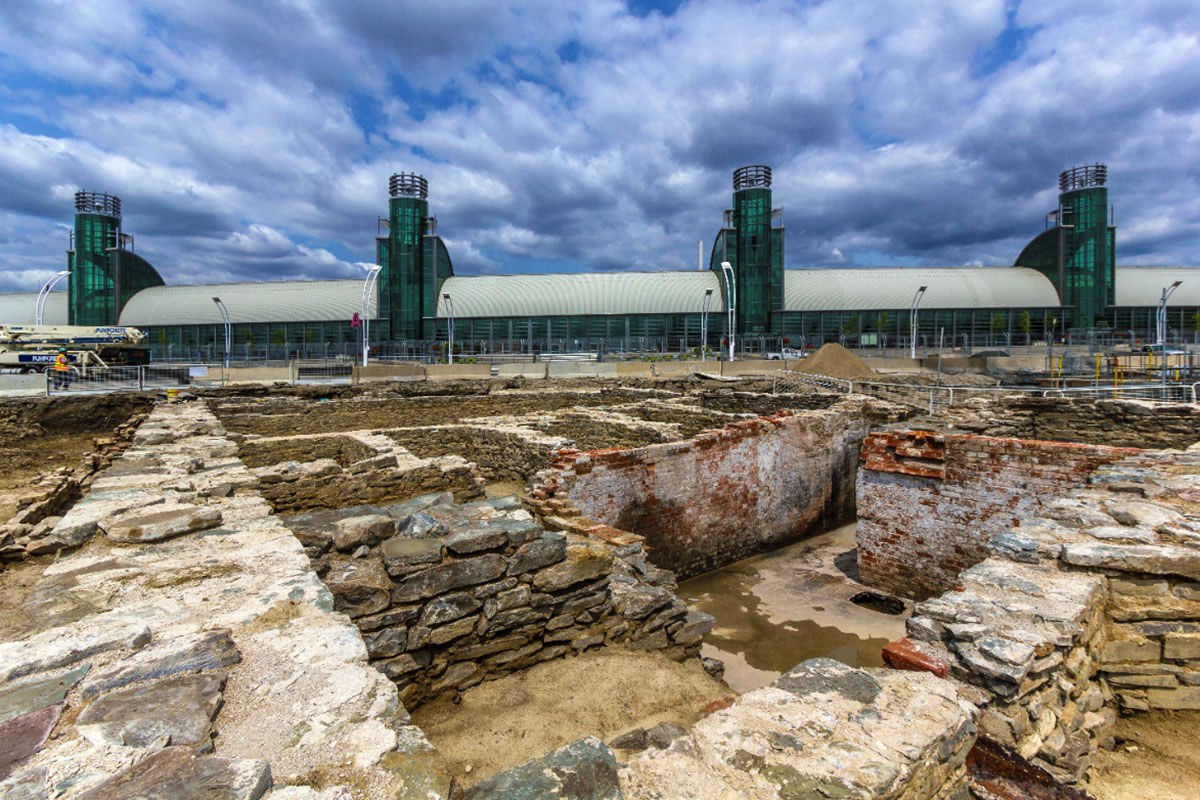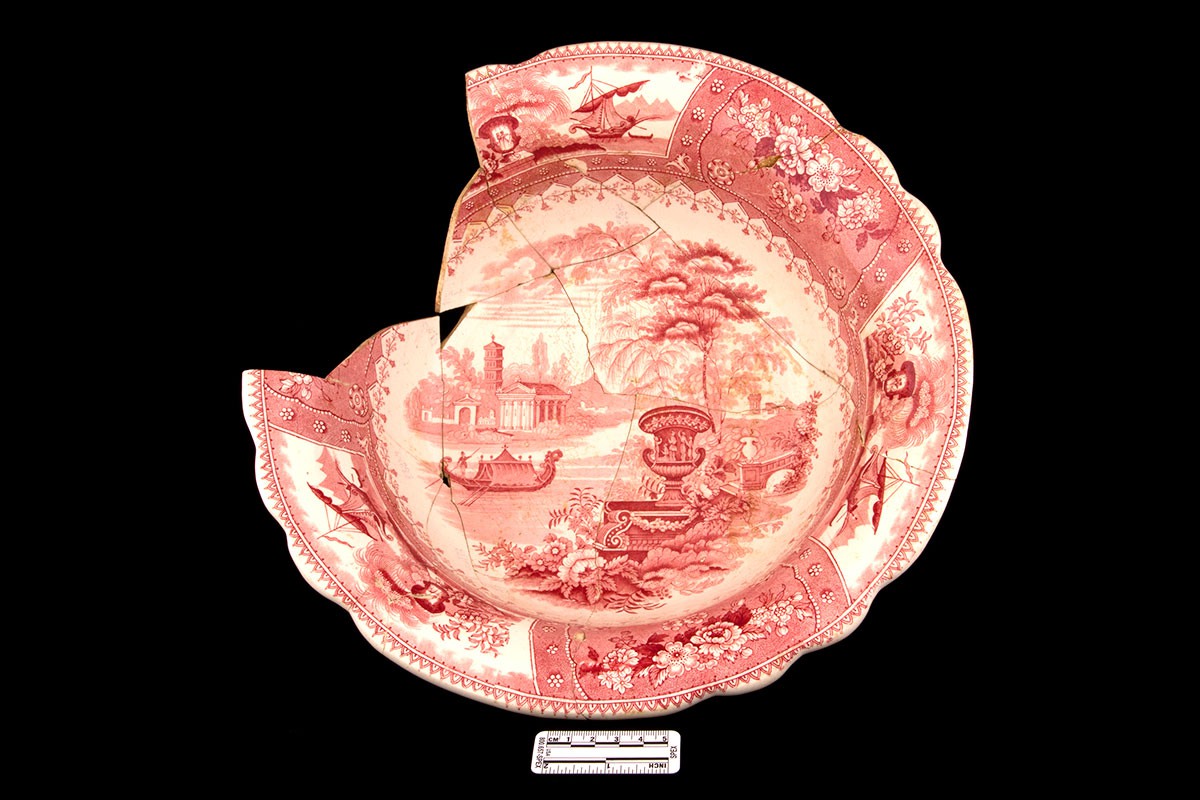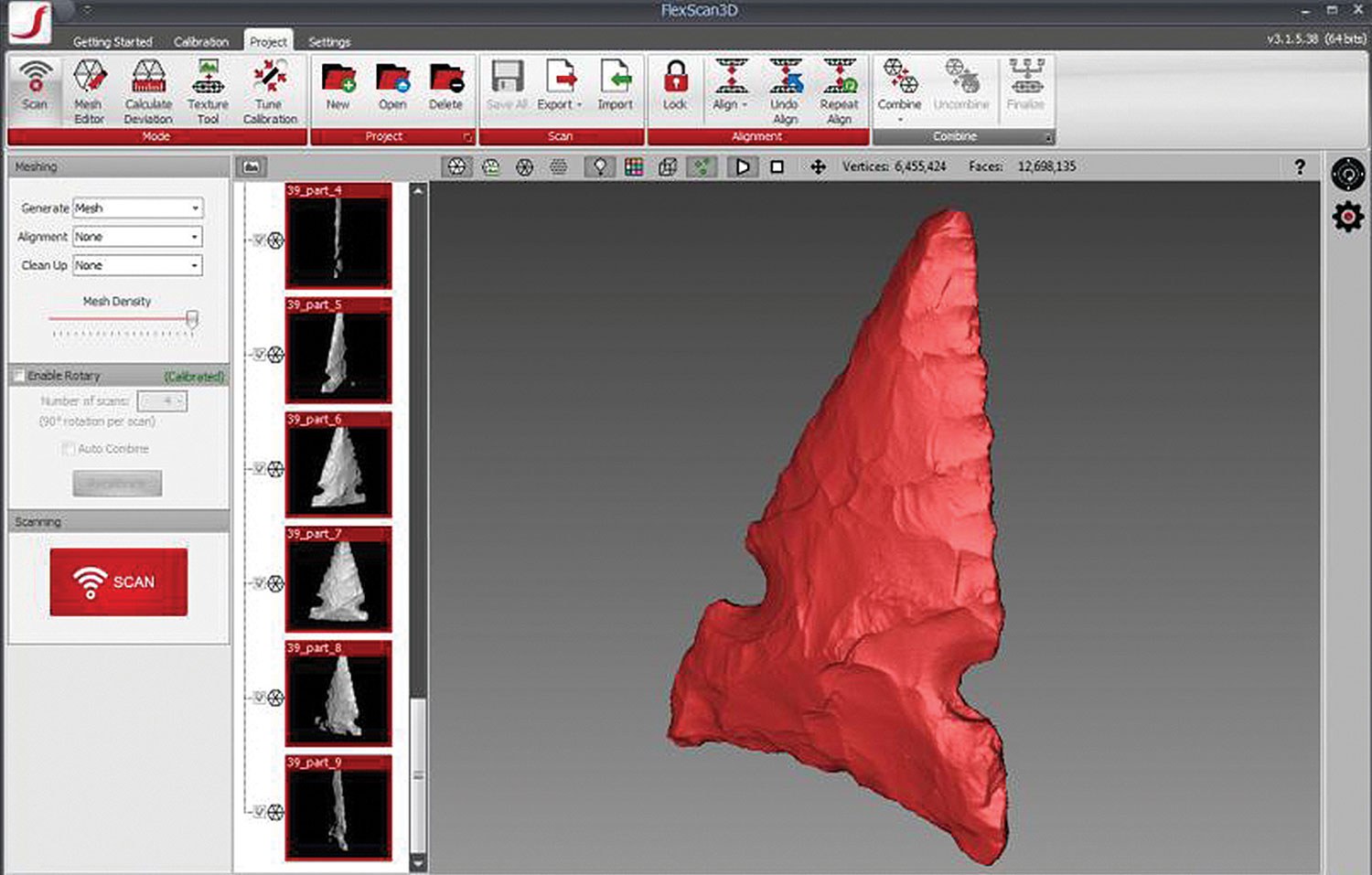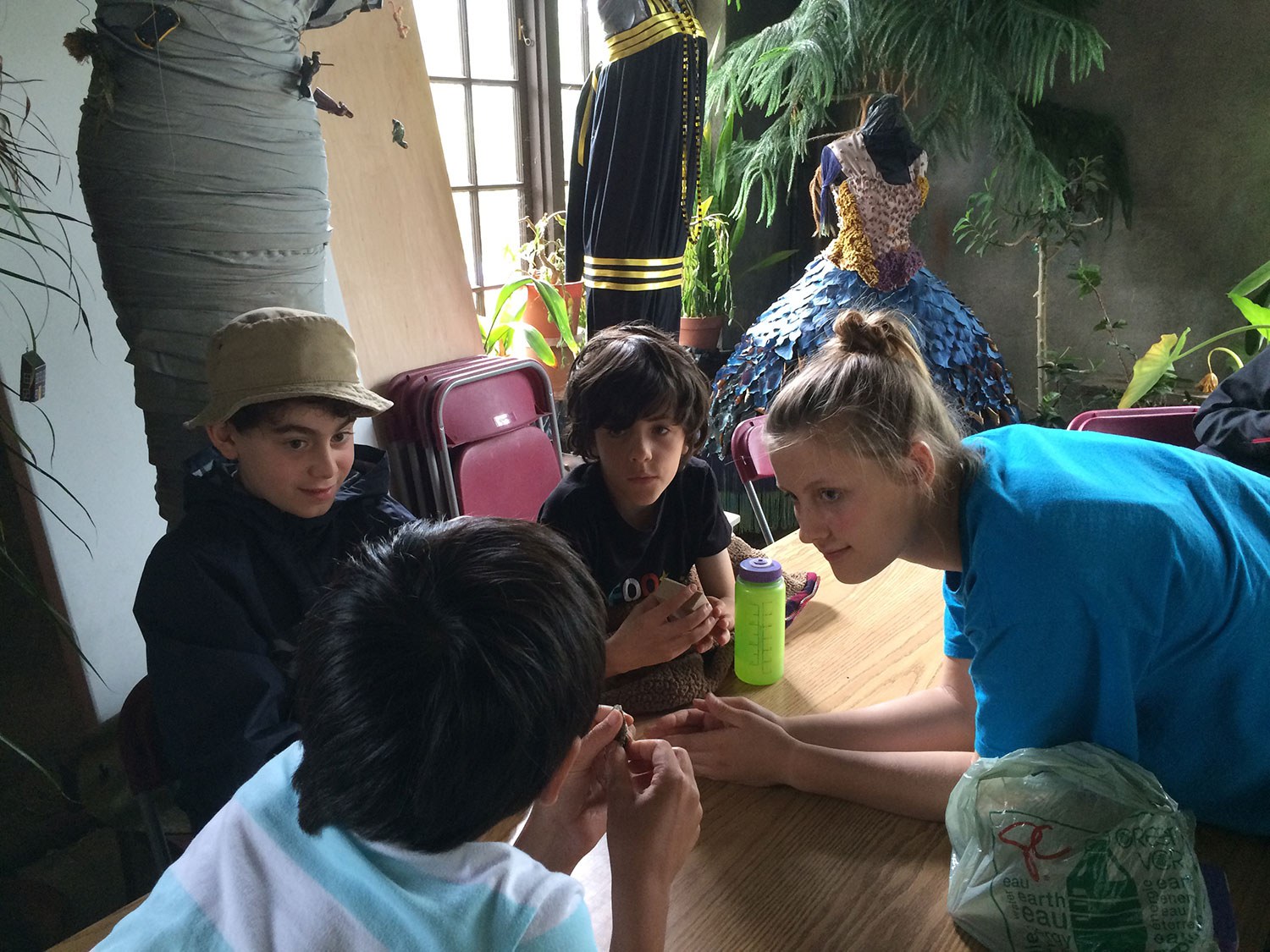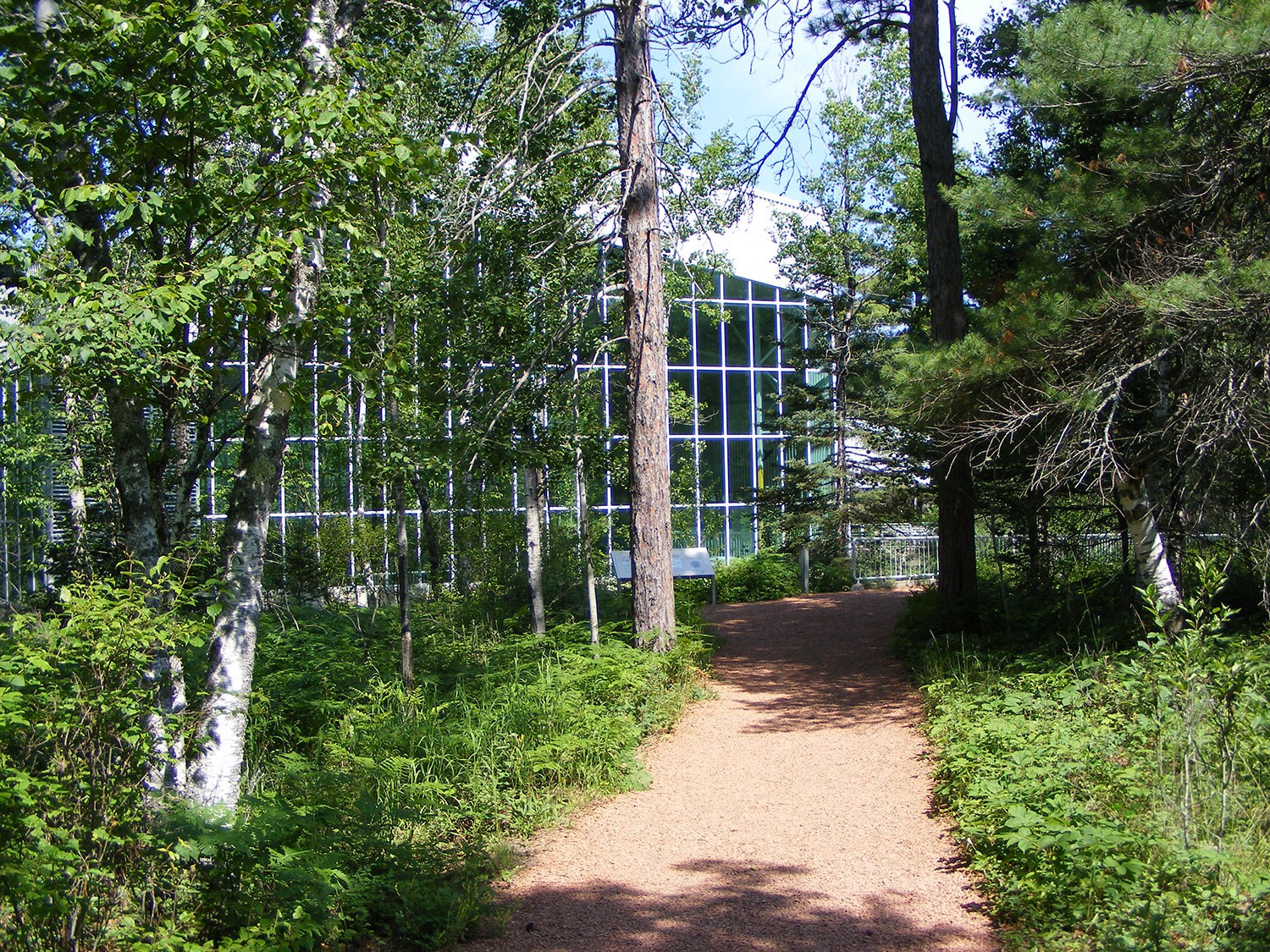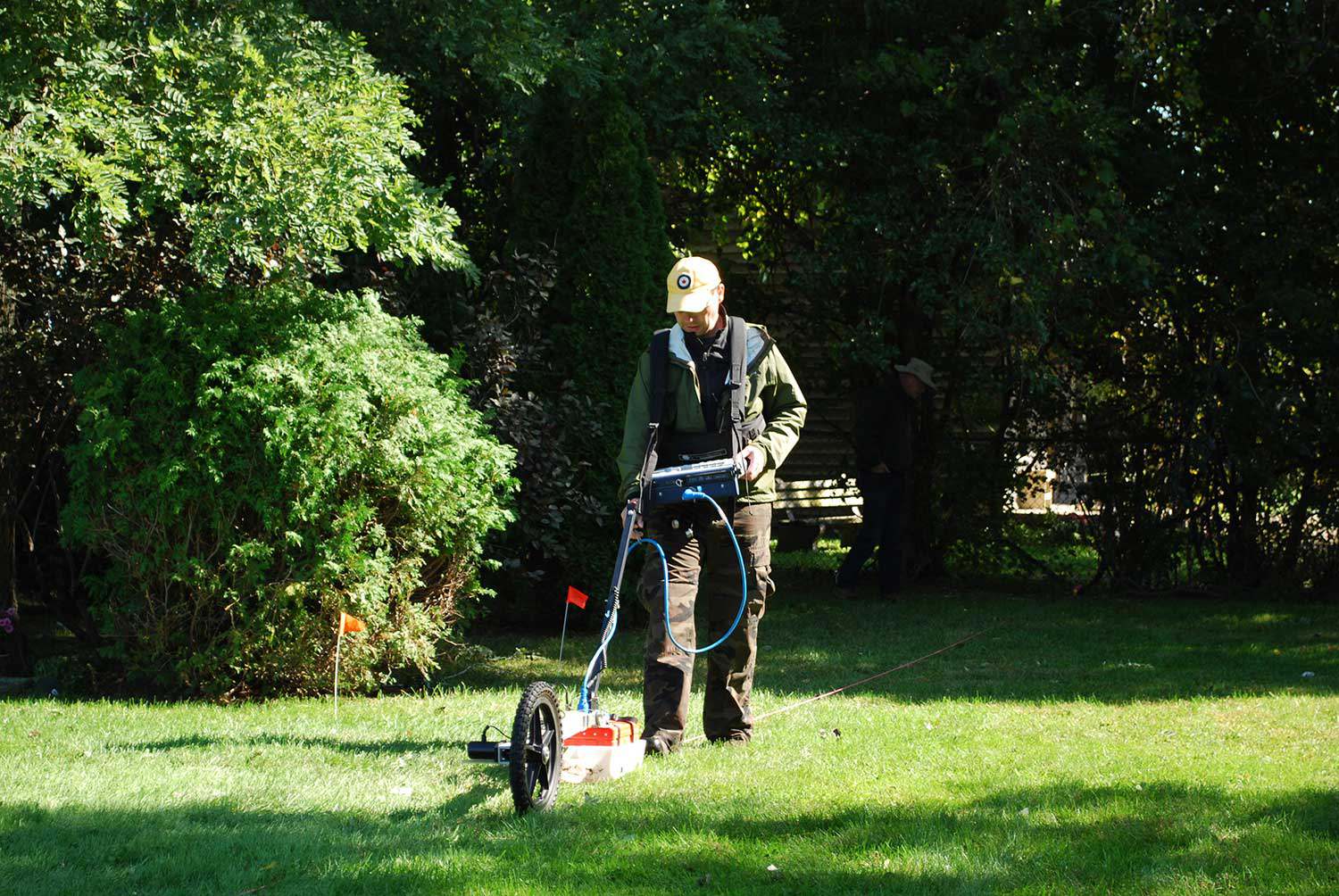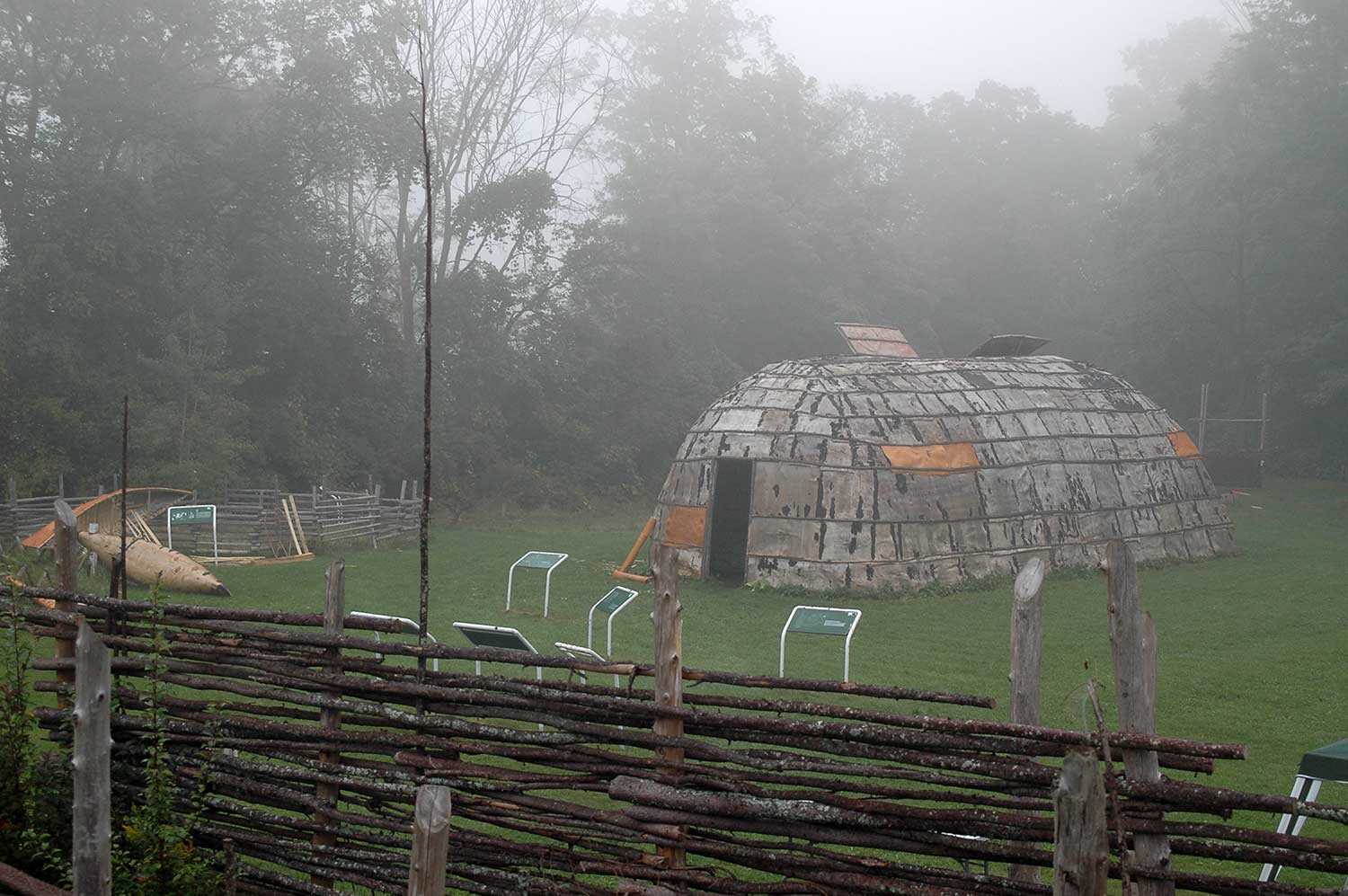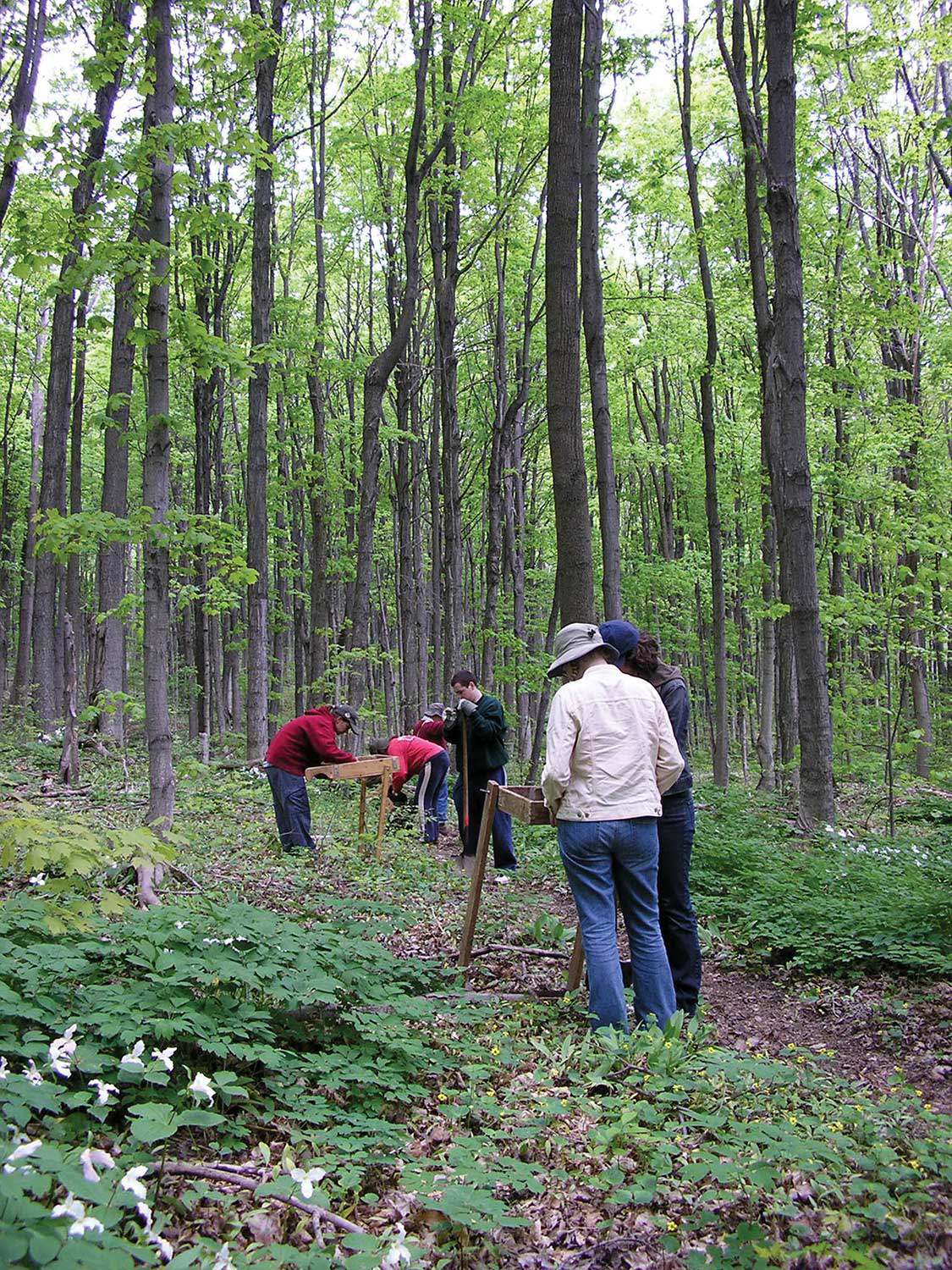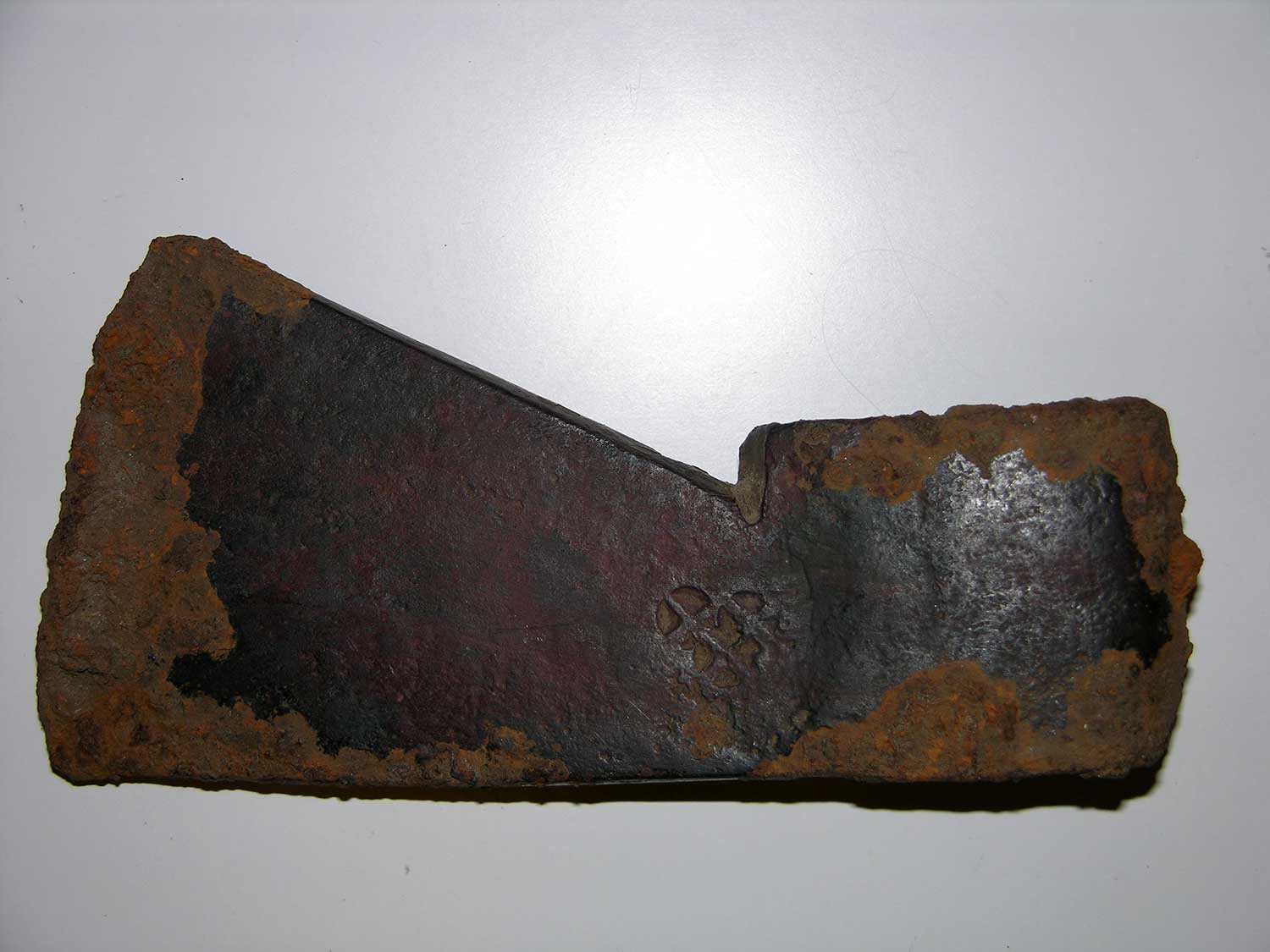

Browse by category
- Adaptive reuse
- Archaeology
- Arts and creativity
- Black heritage
- Buildings and architecture
- Communication
- Community
- Cultural landscapes
- Cultural objects
- Design
- Economics of heritage
- Environment
- Expanding the narrative
- Food
- Francophone heritage
- Indigenous heritage
- Intangible heritage
- Medical heritage
- Military heritage
- MyOntario
- Natural heritage
- Sport heritage
- Tools for conservation
- Women's heritage
Archaeology 101
What is archaeology? This may seem like a straightforward question, but you would be surprised with the answers that Canadians give to this question. In the early 2000s, the University of British Columbia and Department of Canadian Heritage carried out a public survey in collaboration with Ipsos Reid on Canadians’ perception, knowledge and attitudes toward archaeological heritage. They surveyed a random group of more than 1,500 people across Canada, including 540 respondents from Ontario. The results of this research were surprising, to say the least.
First, the good news. Interestingly, 82 per cent of the group had a generally accurate notion of archaeology as the study of the ancient and historical past, which often involves excavation and scientific analytical methods. What was less welcome news was that 40 per cent of these folks combined archaeology with paleontology and the hunt for dinosaur remains – a not-uncommon perception. Even worse, though, was that 14 per cent of the people surveyed thought that the archaeological record in Canada was only 500 years old. One in three thought that Canada’s occupation extended across less than a millennium! Also surprising was that almost 70 per cent of respondents thought that there were fewer than 1,000 archaeological sites in Canada – one-third of people thought fewer than 500 sites.
Ontario alone has over 32,000 registered archaeological sites, the vast majority dating to between 12,000 and 300 years ago! Most people, then, are unaware of the antiquity of our nation and province – and the rich archaeological record of that history. Even today, students graduate from secondary school with only a cursory understanding of archaeology.
Excavations of a hillside midden (refuse area) at a mid-15th-century ancestral Wendat village situated near Brooklin, Ontario, and excavated in advance of the construction of Highway 407. Note the grid, stakes and string for recording the strata in the midden so that the context of every artifact is recorded.
In Ontario universities, most archaeology is taught as social science in anthropology departments. Anthropology is the interdisciplinary study of the human experience, past and present, employing a variety of perspectives. As a sub-discipline of anthropology, archaeology studies human groups that lived in the past by looking at the complexities of their social, political, economic and spiritual lives. Archaeologists also focus frequently on the patterning and nature of material culture. The undeveloped lands of Ontario are littered with the remains of people’s lives. Stone projectile points, fragments of ceramic vessels and broken bottles and plates are all traces of those lives – and the challenge faced by archaeologists is to bring this past to life by examining the artifacts and the context in which they are found.
When we can bring the documentary and archaeological records together, we have an even better look at the complexity and foreign world that is the past. Even in major urban centres, we can find the remains of significant colonial structures that survive under everyday sites such as parking lots.
We also need to remember that archaeological sites are fragile and non-renewable. Today, the province and its municipal governments work together to conserve these sites. But that was not always the case. There were staggering losses to the archaeological record of Ontario in the 20th century as hundreds of sites were destroyed by urban growth before legislation was introduced to abate the pace of this devastation.
Ontario now boasts some of the most comprehensive legislation in North America related to archaeological resource conservation within the land development process. The legislative basis for this mandate was first enacted in the 1970s, and has since increased steadily in effectiveness. In particular, the Planning Act and the Environmental Assessment Act both now require that archaeological resource assessments – as well as built heritage and cultural landscape analyses – be carried out in advance of most forms of land-disturbing activities, whether these are public initiatives (such as infrastructure projects) or private developments related to housing or industrial subdivisions.
It is for this reason that the very practice of archaeology has changed substantially in Ontario and other jurisdictions in North America. People generally believe that most archaeology is undertaken by university- and museum-based archaeologists. The reality in Ontario and elsewhere in North America is that the majority of archaeology (over 90 per cent in Ontario) is undertaken by archaeologists working in the private sector, carrying out assessments and excavation in advance of land development.
Another important consideration is that the majority of sites in Ontario were left by people living here before the arrival of Europeans – and that these sites have cultural as well as spiritual significance for their descendants. The ancient aboriginal occupants of these sites left no written record of their lives, but their legacy consists of the oral histories and traditions passed on to their descendants and within the traces of their settlements that still survive today.
The Ontario Ministry of Tourism, Culture and Sport has addressed the interests of descendant communities in the identification, evaluation and conservation of archaeological sites and material culture. It encourages archaeologists to engage communities early in the life of a project – preferably during the planning phase – but also requires community involvement when formulating and implementing strategies for mitigating the impact on aboriginal archaeological sites through protection and/or salvage excavation.
Ontario’s archaeological heritage also offers considerable economic opportunities. One of the best ways to learn about archaeology is to visit a site and participate in an excavation. Finding a War of 1812 button or projectile point and recognizing that you are the first person to touch it in hundreds or even thousands of years is an astounding feeling. Indeed, there is no experience quite like it. Thankfully, however, we have organizations such as the Ontario Heritage Trust, the Toronto and Region Conservation Authority, the Museum of Ontario Archaeology and the Ontario Archaeological Society who are dedicated to bringing our archaeological world to life through opportunities in education and tourism. I hope that, one day, every citizen in Ontario will appreciate the profound archaeological record in our province. [Photos courtesy of Archaeological Services Inc.]

